World Fine Art Professionals and their Key-Pieces, 94 - Velázquez
World Fine Art Professionals and their Key-Pieces, 94 – Velázquez
Diego Rodriguez de Silva y Velázquez, or simply Velázquez, is the most important Spanish painter of the 17th century. He was court painter to Philip IV and was known by many portraits and genre scenes. Hij was the painter of the Baroque.
Velázquez worked for many clients, often courtiers, and painted them as they wanted to: proud and aloof. He liked to experiment, including color and light effects. He was born in Seville in 1599 from an old Portuguese family.
Bodegones
As a boy he got his first lessons from Francisco Herrera. From him he picked up his Caravaggist tendencies (clair obscur, dramatic light-dark contrast). At the age of twelve, he was apprenticed to Francisco Pacheco, a mannerist, with whom he passed his examination on his 17th. He married his daughter. A la Pacheco he made a whole series of religious works with hard contours and bright colors. The figures were a little stiff.
He began in genre paintings depicting the life of simple people. He had a preference for the bodegones, the soup kitchens. In still lifes with a lot of fruit, vegetables and wild he gave a realistic depiction of the lives of the common man. He was much inspired by similar paintings by Dutch painters (Jan Steen), but he added the manner of painting by Caravaggio and in particular Titian.
He mixes the sacred and mundane by inserting simple folk people in the painted stories of saints, like Christ in the House of Martha and Mary in 1620 which hangs in the National Gallery in London. In that year, 1620, he has a studio of his own. In 1622 he travels to Madrid, where he also talks with officials of the king and in 1624 the king, Philip IV, takes him on. Velázquez is Madrilenian.
Drunkards
In the Palace he sees the Royal Collection, many Titian, and borrows a thing or two, brighter colors and side light, the light source is not visible. In the years 1629/1630 he makes an endless series of the king, his children and the ministers. He becomes good friends with the painter-diplomat Rubens who also worked at the court and is influenced also by him, among other things in ‘Borrachos’, drunkards, on display in the Prado in Madrid.
On the advice of Rubens he travels to Italy. There he studies the paintings of Titian and Tintoretto. His paintings change in style. Instead of black shades appears a diffused light. The bright colors give way to a silvery coloring. See ‘The Forge of Vulcan’ in the Prado. It’s about mythological values and the artist as artist ánd craftsman.
In 1631 he returns to Madrid. A particularly productive period comes, where he paints almost exclusively portraits of the Royal Family. He manages to capture individual features of the individuals. He makes an equestrian portrait of Philip IV.
The surrender of Breda
For the throne room of the new Buen Retiro Palace he makes in 1634/1635 a history piece, ‘The surrender of Breda’. He does not choose a battle, but the actual surrender of the besieged fortified city to the Spanish army commander Ambrosio Spinola in 1625. The painting is dedicated to meeting and reconciliation.
Velázquez becomes interested in defects and abnormalities and makes several paintings of dwarfs, deformed persons and jesters. In 1649 he goes for the second time to Italy, to purchase art for the Royal Palace. He speaks to Ribera, a Spanish painter who lives in Italy, also known as Lo Spagnoletto (the little Spaniard), who he already knew from his first time in Italy, and also with Bernini and Poussin.
He paints his only naked, the ‘Rokeby Venus’, the Venus in front of the mirror. It could be made here and not in Spain because of the Inquisition. He visits several cities and towns and portraits Pope Innocent X, an impressive portrait. The gardens of the Villa Medici were also captured. Now on display in the Prado.
Marshal of the Court
At the request of the king he goes back to Spain in 1651. The king appoints him to Marshal of the Court, he must ensure order in the palace. A while later he is elevated to the peerage as Knight of Santiago.
For painting, he has not much time left. But he makes the famous ‘Las meninas’ with the Infanta Margarita in the foreground. The Royal Couple is only to be seen in a mirror. Velázquez himself was also in the painting, painting. There are also a few dwarfs. His last work, in 1660, is the second portrait of the Infanta Margarita. On show at the Prado.
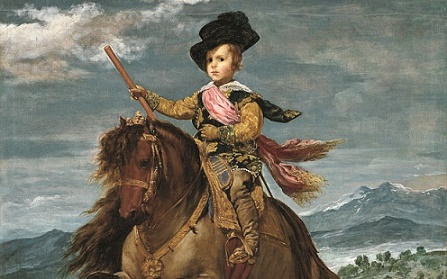
Diego Velazquez, Grand Palais … IMAGE TO PROMOTE EXHIBITION ONLY** …. Diego Velázquez
Portrait de linfant Baltasar Carlos sur son poney
1634-1635
huile sur toile, 221,5 x 177 cm
Madrid, Museo Nacional del Prado
©Madrid, Museo Nacional del Prado
249VISO- 13N,
As marshal Velázquez travelled with the king. He was responsible for the procession of horses and carriages. Often traveling went on bad roads with primitive means of transport. In 1660 he had to organize the wedding of Louis XIV and the Spanish Princess Maria Theresa. That happened near France, in Irun. He came back exhausted from his journey and died at the age of 61 in Madrid. With great pomp he was buried.
The stamp of Spain
Initially Velázquez was admired for his stylistic abilities and lighting effects, but gradually the appreciation came for the thematic content with attention to the specific character of people. It bears the stamp of Spain: averse to exaggeration, but yet there is spirit.
Disclaimer: The views, opinions and positions expressed within this guest article are those of the author Walter van Teeffelen alone and do not represent those of the Marbella Marbella website. The accuracy, completeness and validity of any statements made within this article are not guaranteed. We accept no liability for any errors, omissions or representations. The copyright of this content belongs to Walter van Teeffelen and any liability with regards to infringement of intellectual property rights remains with the author.

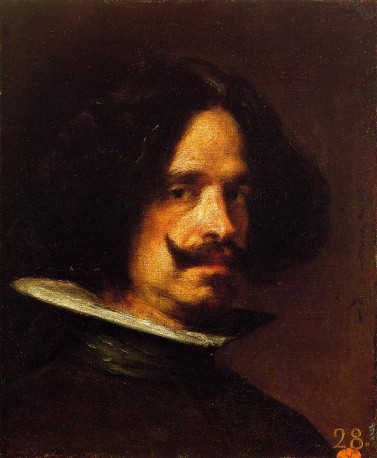
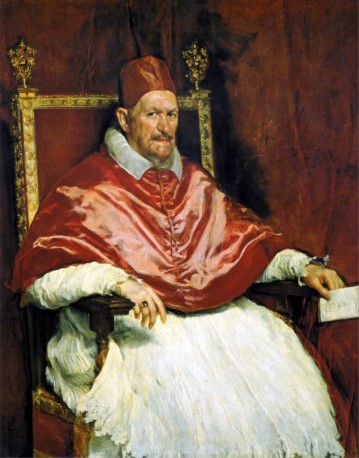
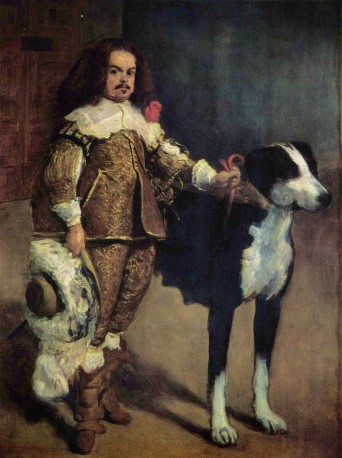
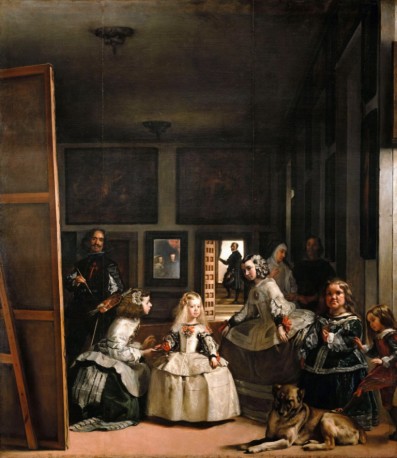
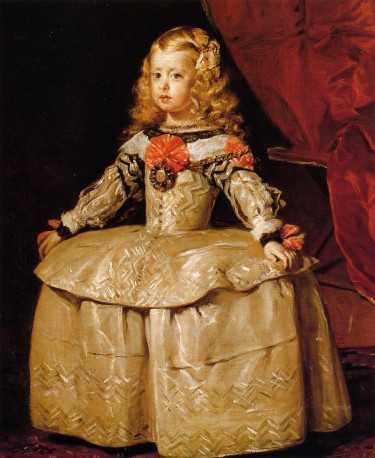
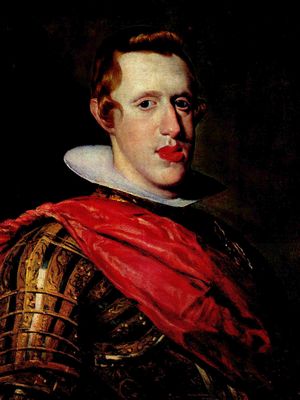
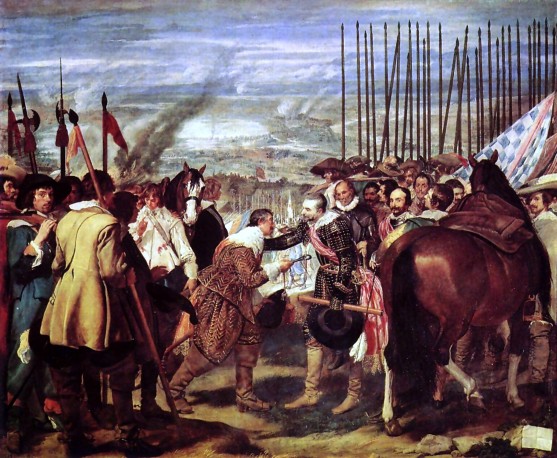
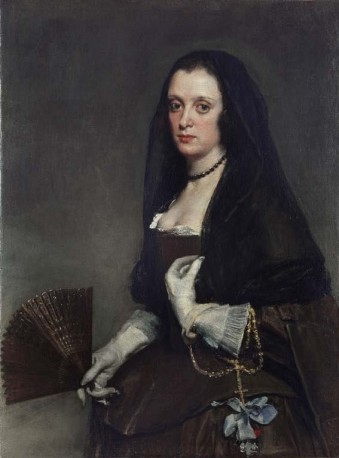
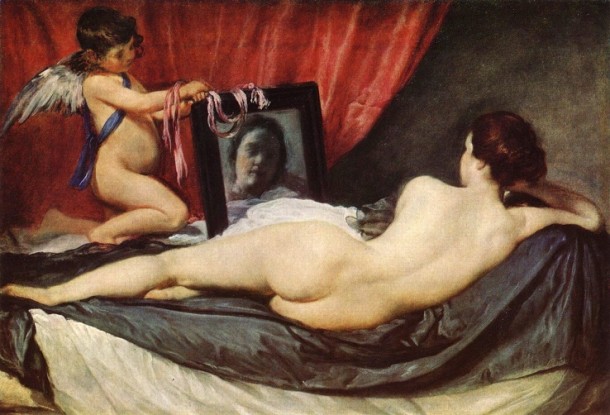














The opinions expressed by individual commentators and contributors do not necessarily constitute this website's position on the particular topic.